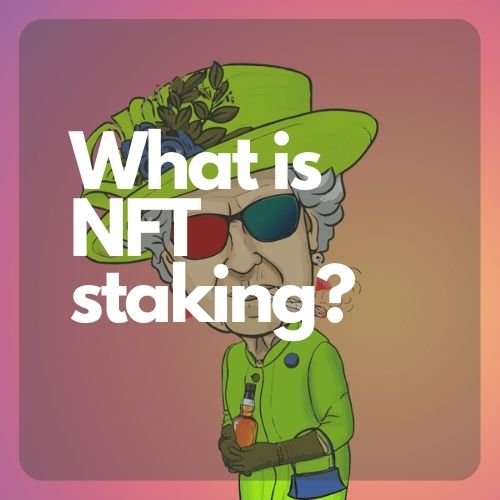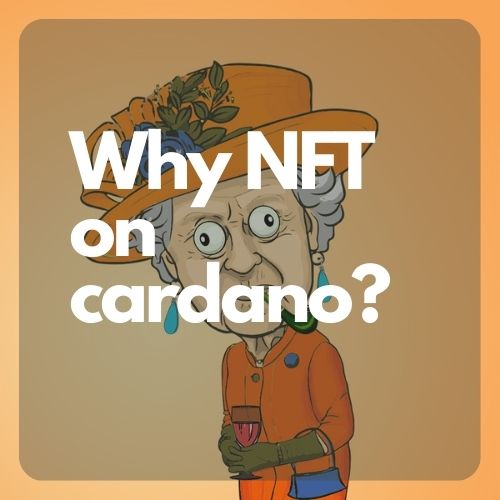Why NFT on Cardano?
NFTs, or non-fungible tokens, have become increasingly popular in recent years as a way to represent ownership or access to unique digital assets such as art, music, and collectibles. One platform that has emerged as a leader in the NFT space is Cardano, a decentralized, open-source blockchain platform that is focused on providing scalability, interoperability, and security.
One of the key advantages of Cardano for NFT projects is its scalability. The platform uses a unique proof-of-stake consensus algorithm called Ouroboros, which allows it to process transactions more efficiently than other blockchains. This makes it well-suited for handling the high volume of transactions that can often be associated with NFT projects.
In addition to scalability, Cardano also offers strong interoperability, which means that it can easily integrate with other systems and platforms. This is particularly important for NFT projects, which often rely on partnerships or licenses with other companies or organizations. Cardano’s interoperability makes it easier to establish these partnerships and build more complex NFT projects.
Finally, Cardano is known for its strong security features, which make it an attractive choice for NFT projects that need to protect sensitive data or valuable assets. The platform uses advanced cryptography and decentralized governance to ensure that NFTs are secure and can’t be easily counterfeited or stolen.
Overall, Cardano is a strong choice for NFT projects due to its scalability, interoperability, and security. Its unique proof-of-stake consensus algorithm and advanced cryptography make it well-suited for handling the high volume of transactions and protecting valuable assets that are often associated with NFT projects. Whether you’re a digital artist looking to sell your work as NFTs or a collector looking for a secure platform to trade rare NFTs, Cardano is worth considering as a potential partner.
These are all reasons why Bored Elizabeth II Palace Club chose Cardano for NFT staking.



